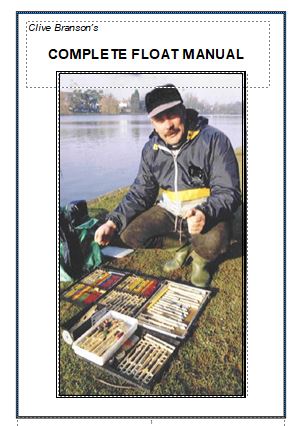THE MISSILE WAGGLER

🐉 MISSILE WAGGLER
The Missile Waggler was developed for long-range distance fishing, a technique pioneered by the late Billy Lane and the legendary Coventry National angling squad in the late 1950s and early 1960s.
In those early days, Billy and his team used these huge aerodynamic floats to devastating effect on wide rivers, winning national titles with methods that were decades ahead of their time.
🧰 Design & Function
-
Type: Large aerodynamic waggler
-
Length: Up to 24″ (average 18″)
-
Weight Capacity: Around 18 g
-
Structure: Streamlined body with loaded base and moulded flight
-
Tip: High-visibility cane or hollow plastic tube (blaze, black, and white bands)
The missile waggler is shaped to cut through wind like an arrow. A loaded base assists flight and keeps the cast straight and powerful. Moulded flights in the antenna stabilize the float in the air, with some models reaching casting distances of over 100 metres.
Because of its long, visible tip, it remains easy to track at extreme range — essential when striking at distance.
🌊 Why It Works
-
🚀 Unmatched distance casting — ideal for reaching feeding fish far beyond pole range.
-
🪝 Better presentation than feeder or straight lead methods.
-
🌀 Stable in flight and water, resisting crosswinds.
-
🌞 Multi-coloured tip ensures visibility in shifting light conditions.
This float opened up swims that were once only accessible with a bomb or feeder, allowing waggler presentation where others could not compete.
🏆 Clive’s Match Memories
🎯 Arrow Valley Lake, Redditch:
Casting to the island at over 70 yards with a loaded missile float and no shot on the line produced over 100 lb of carp, ranging from 2 lb to 10 lb.
🇮🇪 River Erne, Northern Ireland:
Fishing long range with a missile saw me finish second with 42 lb of hybrids and bream in a major sponsored match.
🌍 International Journeys:
In Italy, France, Austria, Russia, Germany and beyond, the missile waggler has been refined into a scientific tool of precision, allowing anglers to fish further and smarter than ever before.
🧭 Rigging & Casting Tips
-
Use strong mainline (approx. 3 lb) and a shock leader of around 5 lb to absorb casting power.
-
Opt for side-arm or overhead casts to maximize accuracy.
-
Keep no additional shot on the line to maintain maximum distance.
-
Choose blaze/black/white banded tips for best visibility against variable skies.
-
Mini-missiles work best when long flight isn’t needed but wind and range still matter.
🕰️ 🎣 Classic Innovation: Billy Lane – Coventry, England
“When Billy Lane and the Coventry squad first sent missile wagglers soaring across wide rivers, they changed the rules of distance float fishing forever. Their innovation allowed anglers to reach feeding fish far beyond normal casting range — and still present a bait naturally.”
🎨 Illustration Box:
-
🧔 Pioneer Tribute: Billy Lane & Coventry National Squad
-
🪶 Float Type: Missile Waggler (loaded, aerodynamic, flight stabilised)
-
🌊 Ideal Venue: Large rivers, reservoirs, and big stillwaters
-
🐟 Target Species: Carp, bream, hybrids, chub
-
🪝 Line Setup: 3 lb mainline, 5 lb shock leader, no additional shot
-
🚀 Casting Range: 70–100+ m (ideal for reaching distant feeding zones)
📘 For rig diagrams, missile flight tuning, and long-range casting drills, see Clive Branson’s Float Fishing Manual (Paperback & PDF Download).
Now Available: The Complete Float Manual. Over 169 pages of content on Amazon Click on the link below https://amzn.to/4n1QcTy

📘 Download the Complete Float Manual – Instant Access
Bring decades of float-fishing knowledge straight to your screen.
Written by World Champion Clive Branson, The Complete Float Manual is a 167+ page eBook packed with practical techniques, classic float designs, diagrams, and championship-winning methods.
✅ Learn how to use wagglers, stick floats, pole floats and more
✅ Discover the history and evolution of float fishing
✅ Get pro tips and tactics used at the highest level
✅ Ideal for beginners and experienced match anglers alike
💻 Instant Download (PDF) — no waiting, no shipping
💳 Secure checkout with PayPal
👉 Order now and start reading within minutes.